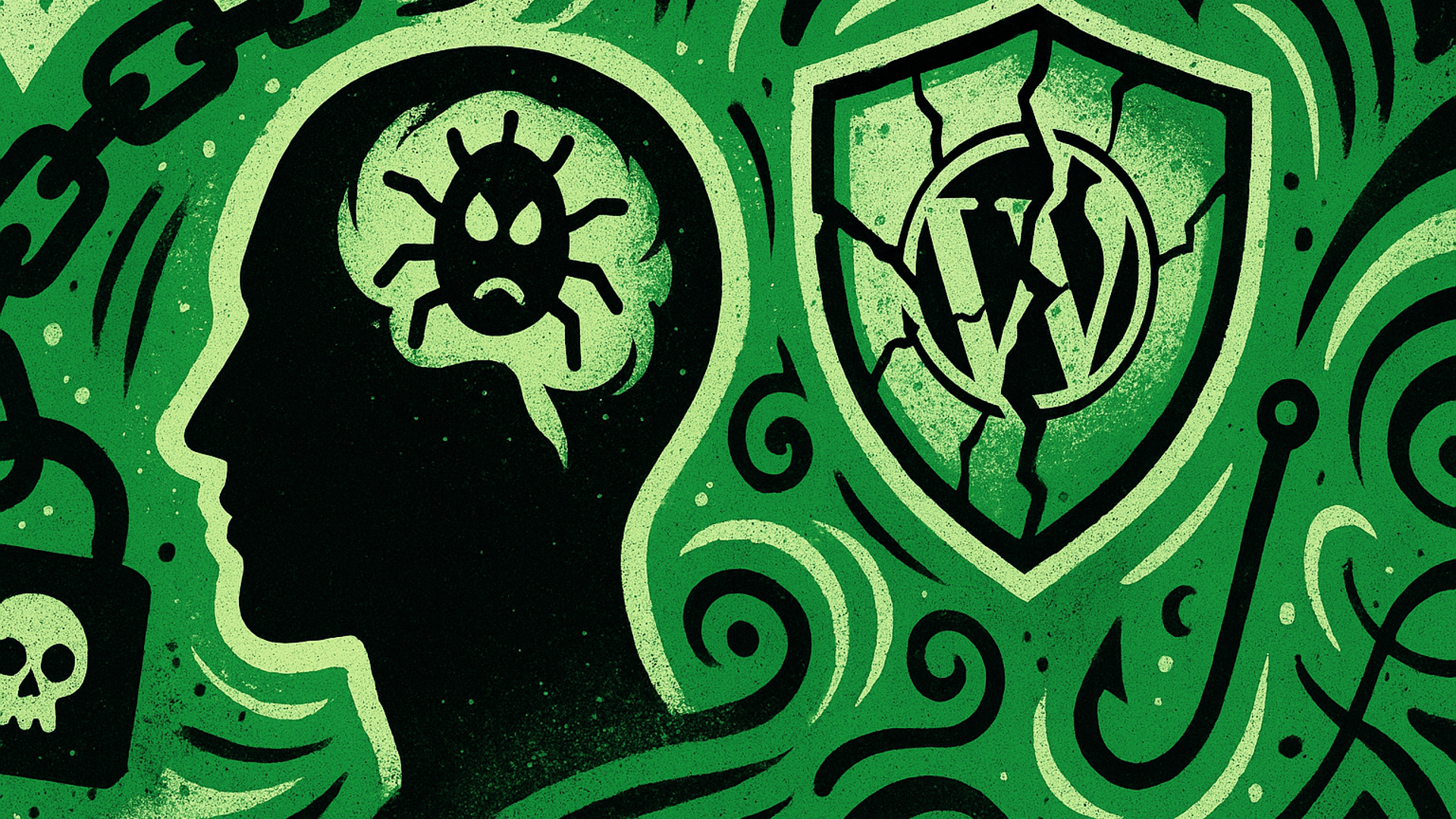Consider yourself hacked: a mindset shift for WordPress users

In my previous post, I wrote about why hackers target websites and how they do it.
But you’ve probably noticed I haven’t handed out the usual “install X plugin” or “do Y to be safe” recommendations. That’s intentional.
Because the most powerful thing you can do to protect your website—and your business—is to change the way you think about security.
You don’t wash yourself only when someone tells you that you stink (hopefully).
The same should apply to security.
Peace of mind ≠ security
People love quick fixes. Especially when a problem feels overwhelming or inconvenient, the instinct is to reach for one-click, all-in-one solutions that promise peace of mind.
Nowhere is this truer than in the WordPress ecosystem, where many only think about security after a disaster has already happened.
That’s why, for over a decade, the most widely used “security services” have really just been clean-up services—emergency incident response.
Security companies share some responsibility here. Even today, many market themselves with slogans like “plug-and-play protection”, “set it and forget it”, or even “100% secure”. That kind of messaging doesn’t encourage awareness or responsibility—it encourages complacency.
Messaging like “Plug-and-play protection”, “set it and forget it”, or even “100% secure” doesn’t encourage awareness or responsibility—it encourages complacency.
And ironically, that “peace of mind” often leads straight to a false sense of security. When you assume everything is covered and stop paying attention, that’s when you’re most at risk.
Security is a process, not a product
Here’s the good news: security doesn’t have to be overwhelming or overly technical.
You don’t need to know every detail about how servers or protocols work. But you do need to understand what your website relies on—what services, accounts, and software it depends on to stay up and running.
Once you know that, you can begin mapping your attack surface and put protective measures in place.
And because your tools and dependencies change over time, security must be ongoing. It’s not a one-time setup. You can’t secure what you don’t fully understand or monitor.
Expect to be compromised
No matter how cautious you are, mistakes happen. We’re all human.
That’s why one of the smartest things you can do is expect to be compromised—and plan for it.
Have a Disaster Recovery Plan (DRP) in place. It’s not just for hacks or malware. It’s for situations where you lose access, team members disappear, or something breaks unexpectedly.
Your DRP should be a clear, step-by-step guide for what to do when things go wrong. The time to create that plan is before disaster strikes—not in the middle of panic mode. It saves time, money, and stress when it matters most.
Final thoughts
Security is not a box to check or a plugin to install. It’s a mindset and a process.
Be proactive. Know what you depend on. Maintain visibility. And always assume compromise is possible.
And ask yourself:
If your site were hacked right now, what would be the weakest link?

Member discussion